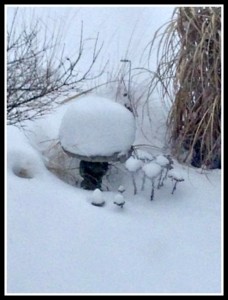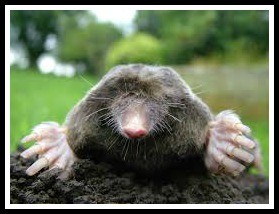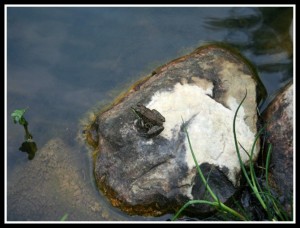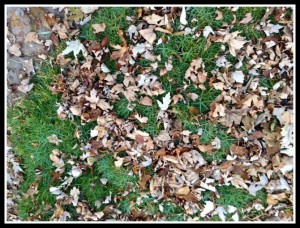What’s a Gardener to Do When the Groundhog Sees His Shadow?
Yesterday, February 2, in celebration of Groundhog day, Punxsutawny Phil came out of his burrow in Pennsylvania, saw his shadow, and darted back in. According to the Groundhog Day legend, that means six more weeks of winter. (Groundhog Day began as a Pennsylvania German tradition in the 18th and 19th centuries. “It has its origins,” says Wikipedia, “in ancient European weather lore.”)
Be that as it may, my goodness, what a winter it has been! Michigan, where Serendipity Gardens is, has had one of the coldest on record, with temperatures well below zero on many mornings. According to Michigan meteorologist Mark Torregrossa, in an article posted at MLive.com, it may have the most snow cover of any state, with as much as 40 to 60 inches on the ground near Lake Superior.




